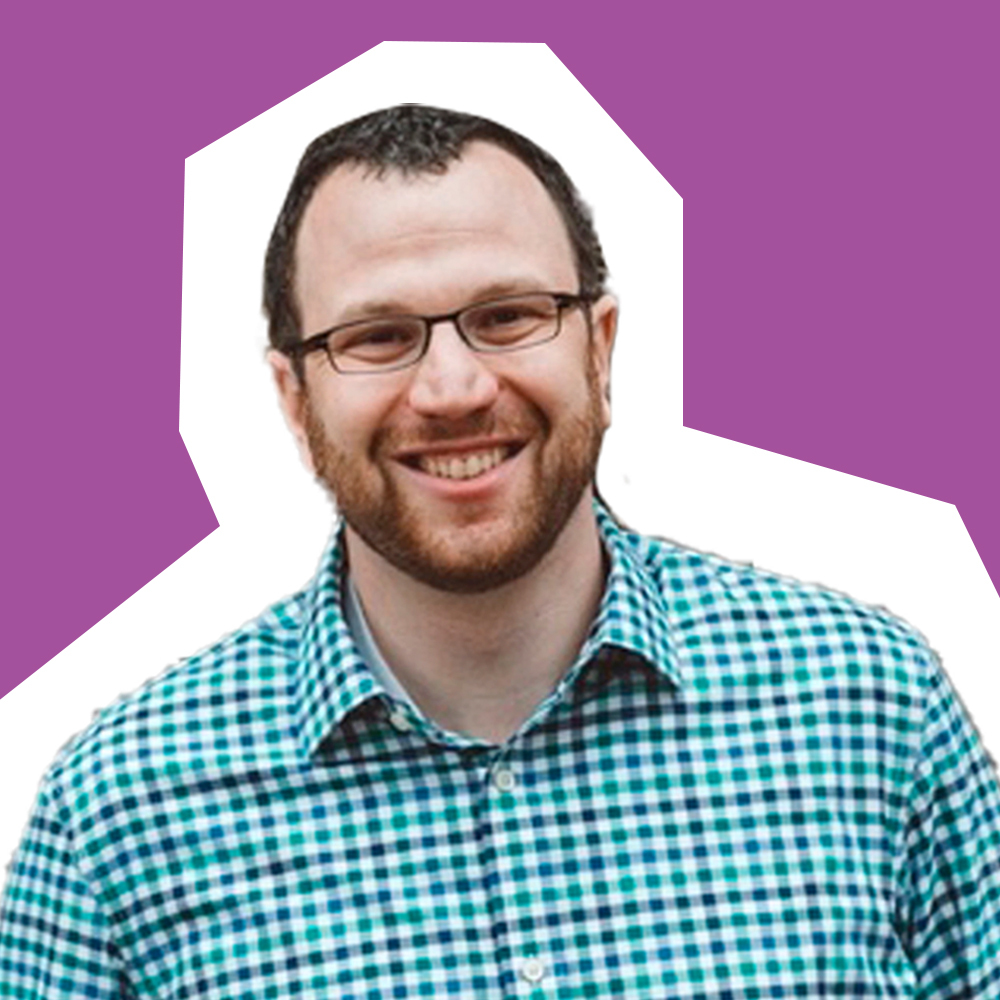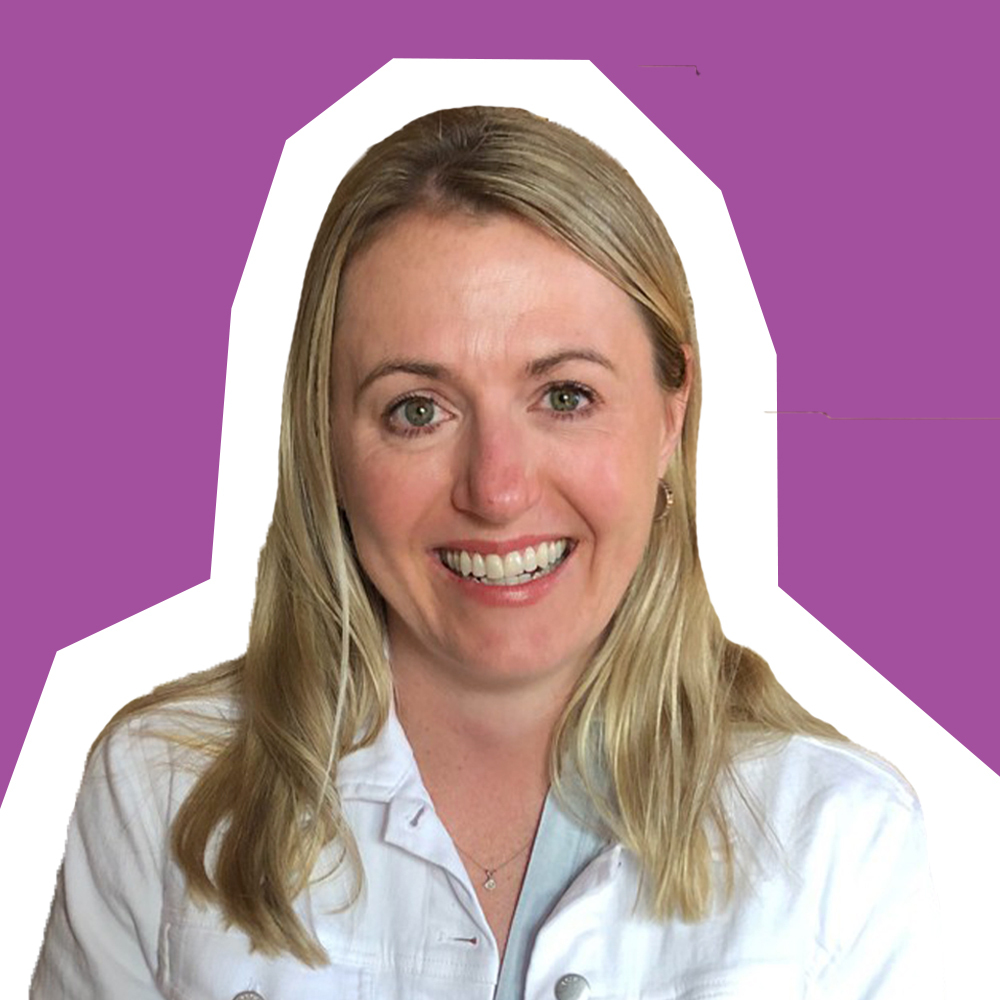Like many health systems across the U.S., UCLA Health saw a decline in preventative healthcare appointments in the spring and summer of 2020 due to the Covid-19 pandemic.
But it’s what UCLA Health did next that sets it apart from its competitors—resulting in thousands of new appointment requests across three different service lines, connecting people to the care they needed. Here’s what other healthcare brands can learn from these results.
Use a secret sauce: digital audio
Americans are spending nearly four hours a day streaming digital audio, and households today own an average of 10-plus connected devices. If you think search, social and display advertising are the most effective channels to drive appointment volume, then it’s time to let you in on a little secret. Streaming audio platforms offer turnkey advertising solutions to reach valuable audiences in local markets across music, talk and podcasts, no matter how and when they listen.
Steve Kessen, CEO at Fathom, UCLA Health’s digital media partner, said “Marketers are expected to drive revenue, and in healthcare that means increasing patient volume. Tapping into streaming audio platforms like Pandora, which has a targeted, captive audience, allowed us to do just that for UCLA Health—and at a much more efficient cost than comparable channels.”
Find a healthcare-active audience at scale
UCLA Health began to activate its patient acquisition marketing in the fall of 2020 and included SXM Media in its media mix. The goal was to grow patient volume across primary care, pediatric care and colorectal cancer screenings—three service lines hit particularly hard by the pandemic. One of the reasons UCLA Health chose to work with SXM Media is our ability to reach a healthcare-active audience at scale, through a medium that is proven to positively impact one’s health—audio.
We know audio has a positive effect on one’s health thanks to our proprietary listener studies. These studies reveal facts about our audience that can help guide healthcare marketing strategies for impactful campaign messages. For example, our recent survey found that 83% of adult listeners have visited a doctor/healthcare professional in the past year. Most of those listeners visited a primary care physician (75%) or a specialist (47%). And two in five listeners who have visited a healthcare professional in the last 12 months, did so for the first time.
We also found that 66% of listeners with new health conditions have visited a doctor for those new ailments, up considerably from 52% in Q4 2020. A staggering 79% of listeners with chronic/existing conditions have visited a doctor in the last 12 months, up from 69% in Q4 2020.
Reaching the right audience is key, and advertiser messages can be more impactful within a quality environment where consumers are passionate about the content. Nine in 10 listeners say music has the power to heal, and 84% say music makes them feel better when they’re ill. Podcast listeners share similar sentiments: 43% think podcasts have the power to heal and contribute to well-being, and nearly six in 10 find that podcasts make them feel better when sick.
“Our business is all about human connection and being able to reach our audience during the pandemic through a channel like streaming audio allowed us to bring that connection back,” explained Dominic Parero, executive director, strategic marketing at UCLA Health.
Leverage data and personalization to drive results
To personalize its efforts and drive conversions, UCLA Health tapped into first-party demographic targeting, third-party audiences and diversified its ad product solutions by adding display and video to audio campaigns.
How’d we do it? We ran campaigns targeting adults 25-plus (primary care), women 21-44 (pediatrics), and adults 45-plus (colorectal) who are registered listeners in specific ZIP codes and/or counties in California for accurate geolocation targeting. Third-party HIPAA-compliant segments were added to reach those most likely in need of UCLA Health’s primary care, pediatric and colorectal doctors.
“As a non-profit healthcare organization in a highly competitive DMA, we needed innovative and cost-efficient ways in reaching our audience and streaming audio allowed us to meet those growth objectives,” shared Justin Staton, growth marketing manager at UCLA Health.
UCLA Health’s usage of data and personalized messaging certainly paid off. Over an eight-month period, its campaigns on SXM Media generated over 2,800 unique appointment requests. UCLA confirmed that this was done “4X more efficiently than all other display partners.” This included an 86% lower cost-per-appointment request than competitors for the colorectal campaign; 73% lower CPA for the Pandora pediatric campaign; and 51% lower CPA for the Pandora primary care campaign.
“The results we’ve achieved for UCLA Health with SXM Media clearly demonstrate that streaming audio should be a part of every enterprise marketer’s media mix,” said Kessen. “If you’re not investing in this channel, and in particular with SXM Media, you’re leaving revenue on the table.”














































